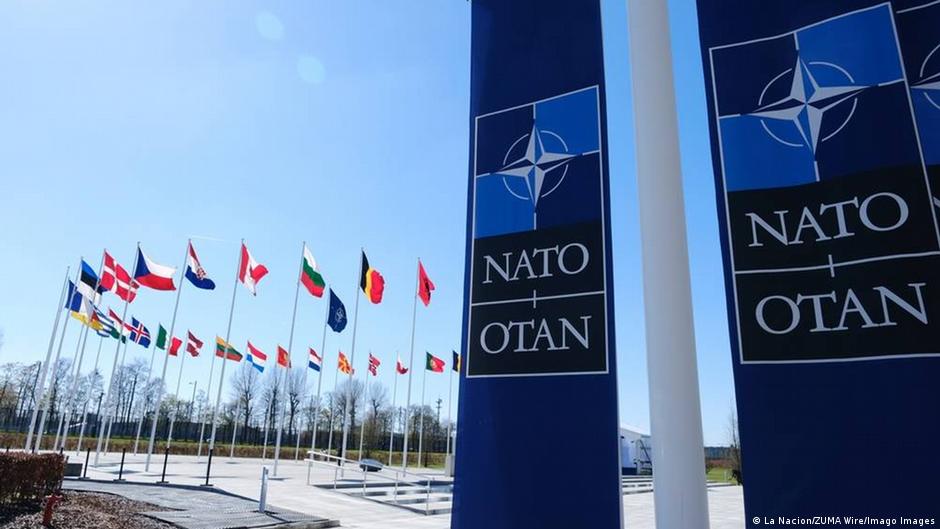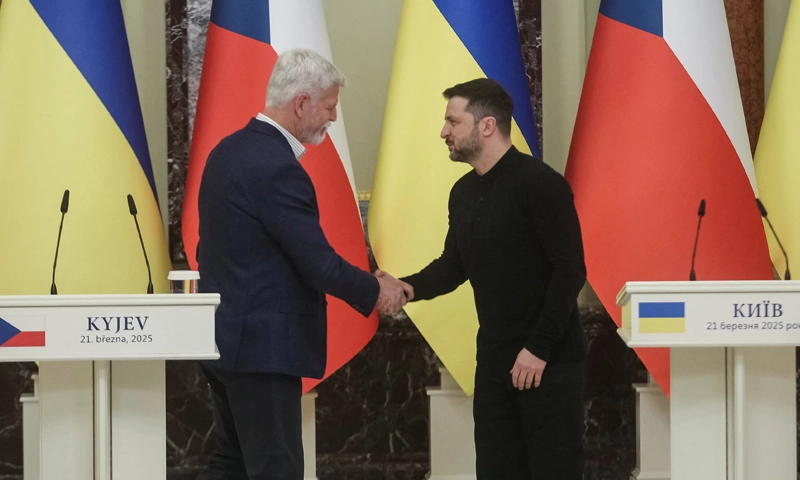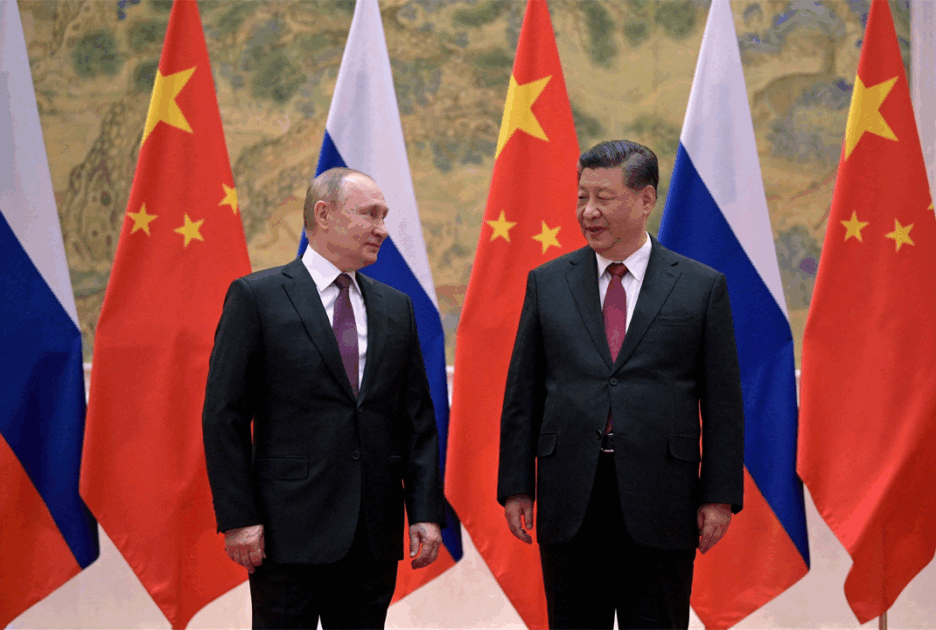- AFP
- 22 Minutes ago

More countries expected to reach NATO’s defense spending goal
-

- DW
- Jun 20, 2024

BRUSSELS: On Monday, NATO Secretary-General Jens Stoltenberg announced that more NATO member states than originally expected were set to fulfill the 2 per cent target of GDP defense spending this year.
NATO Secretary-General Jens Stoltenberg announced on Monday that 23 of its 32 member states were expected to meet the alliance’s defense spending commitments this year. That is 13 countries more compared to last year’s data, and five more than an earlier estimate in February.
Read more: Kremlin says NATO chief’s nuclear weapons remarks are an escalation
“This is good for Europe and good for America,” Stoltenberg said in a speech unveiling the newest numbers in Washington, “especially since much of this extra money is spent here in the United States.”
The NATO defense investment target was agreed upon in 2014. The goal of the pledge was for members of the alliance to spend 2 per cent of their gross domestic product (GDP) on national and joint defense, and to put 20 per cent of annual defense expenditures toward new equipment. Much to the dismay of the US, the alliance’s largest military power, only 10 countries had met this target last year.
At the 2023 NATO summit in Vilnius, member states agreed to make 2 per cent of national GDP the minimal defense spending commitment rather than the highest target to aim for. This commitment, coupled with the impression of Russia’s ongoing invasion of Ukraine, appears to have had an effect, as NATO’s most recent defense expenditure report shows. Across the alliance, all member states aside from Slovenia and Italy have upped their defense budget.
Germany and France increase spending
The leading three country countries spending the highest percentage of national GDP on defense are Poland (4.12 per cent), Estonia (3.43 per cent), and the US (3.38 per cent). Among the countries who have stepped up their defense spending most noticeably are European powers Germany and France.
This year, Germany met the 2 per cent defense target for the first time since the early 1990s, a defense ministry spokesperson said in February. German ramped up its military spending in response to Russia’s 2022 full-scale invasion of Ukraine. According to NATO, Germany is gearing up to spend €90.5 billion ($97.2 billion) on defense this year.
The Netherlands, whose outgoing Prime Minister Mark Rutte is eyeing to become NATO’s next Secretary, General, is also expected to fulfill the defense spending target.
Rutte is still missing approval from one country to get the job: Romania are yet to publicly back him. Like Rutte, Romanian President Klaus Iohannis is running to be the next NATO leader. But there is still time to iron out the vote, as Stoltenberg’s term ends in October.
The new list of countries expected to make the minimum target includes Albania, Montenegro, North Macedonia, Bulgaria, and Romania.
Turkey, the Czech Repulic, Slovakia, the newest alliance member Sweden as well as their neighbour Norway are all also expected fulfill the 2 per cent target.
Greater investment in military equipment
Speaking to DW, Davis Ellison, a strategic analyst from the Hague Center for Strategic Studies, said that the collective recognition of NATO targets is especially noticeable when examining how much defense spending is now dedicated to new equipment.
“In the past, you had a lot of focus on personnel costs, which ranges everything from pension to health care and everything else,” Ellison explained. “But now you have a much greater collective investment in equipment, which is more to meet NATO targets than anything else.” The security expert pointed out that this extra spending compounded NATO’s military might.
Of NATO’s 32 member states, only Canada and Belgium are not expected to meet the NATO guideline of 20 per cent defense spending going to equipment. Iceland is also expected to fall short of the target, albeit because the country does not have a standing military at all.
Countries including Croatia, Portugal, Italy, Canada, Belgium, Luxembourg, Slovenia, and Spain will not reach the NATO minimum defense spending goal.
Trump and Russia worries
Former US President Donald Trump, who is hoping to return to the White House after the November elections, rattled the alliance in February saying that he would “encourage” Russia to attack members of NATO who had not met their financial commitments.
“I would not protect [NATO members],” Trump said to supporters at a rally. “In fact, I would encourage [Russia] to do whatever … they want. You got to pay. You got to pay your bills.” This promted a strong responsefrom the White House, condemning Trump’s statement as “appalling and unhinged.” NATO chief Stoltenberg pointed out that the suggestion that “allies will not defend each other undermines all of our security.”
Ellison believes that uncertainty about the future was prompting so many countries to increase their defense spending to meet NATO’s targets.
“There’s always a little bit of that specter behind the scenes of what happens. If Donald Trump wins again, then there is significant reduction in US support to Europe,” he said. “At the same time, I think it is just part of a collective recognition amongst many of the other NATO members, that there is a significant threat from Russia.”
Ellison also believes that member states will reaffirm their defense spending commitments at the upcoming NATO summit in Washington ahead of the US elections in November.
Read more: Russia may support North Korean nuclear programme: NATO
“The real watershed for whether or not that sticks around would be the summit in the Netherlands next year, depending on what the administration is,” he added. “But even beyond the US administration, I think there’s a bit of a rush to get this, because you’re also going to have the elections in the UK and France. This is a very election-heavy year.”
The NATO summit hosted by the United States in Washington will take place from July 9-11.




